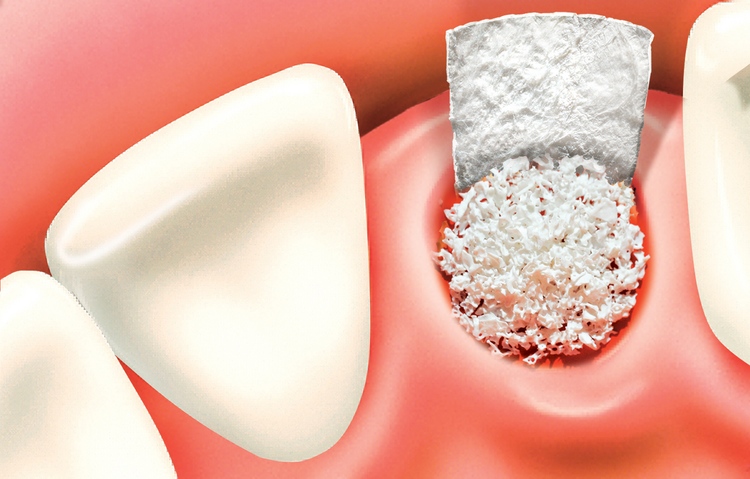Residents of Mississauga are increasing wanting a long-lasting and natural feeling tooth replacement they may need. Dental implants have become the premier choice for any tooth replacement thanks to a host of recent technological advancements. Ensuring the success for of implant therapy begins at the time of a tooth extraction.
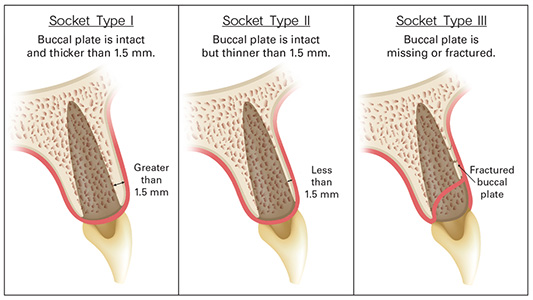
When a tooth is removed typically what happens in the ‘alveolar bone’ which surrounds a tooth will resorb, especially the portion known as the buccal plate. This is the bone surrounding the tooth which faces to the cheek. However, this natural resorption is counterproductive to implant placement as implants require a good amount of bone volume. If the buccal plate is lost during a tooth removal an implant will not be possible unless advanced bone augmentation procedures are done prior to its placement. Such procedures are time consuming, costly, and sometimes unpredictable. It is best if such procedures are avoided all together by preserving the bone at the time of tooth removal by replacing it with a bone substitute. More and more patients want dental implants but they do not want to go they many surgery stages to get them. In addition, they don’t want their adjacent natural teeth to be ground down for a ‘dental bridge’ placement.
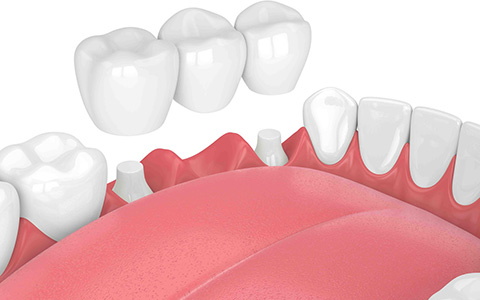
Dr. Hawryluk can protect the bone surrounding a tooth socket by doing a very minor procedure which saves as much bone as possible. When this is done there is a very high likelihood a you will be able to get a solid dental implant which can last indefinitely. The material put into the extraction socket is used as a matrix for your own bone to grow. Once particulate bone is placed into the socket your existing bone will start forming in between the granules and a blood supply in the socket will regenerate. Eventually your bodies ‘osteoclasts’ which come and ‘eat’ the pieces of particulate placed and ‘osteoblasts’ will make new bone in the area.
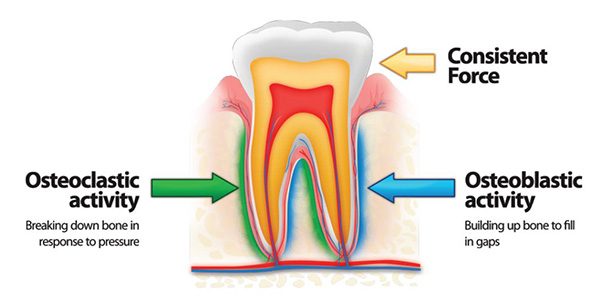
There are certain requirements for the available bone needed for Dr. Hawryluk to place a strong dental implant. There must be 3mm of bone separating 2 implants. There must be 1.5mm between an implant and the start of an adjacent tooth. If the implants are placed too close together this inhibits patient cleaning between the implants. Another important rule is we want at least 2mm of bone on the ‘buccal’ surface of where an implant is to be placed. In our practice we sometime place an implant below the crest of the bone where it is thicker which can minimize the amount of bone grafting needed. Finally, at least 3mm of soft tissue should be present around an implant in order for it to survive long term.
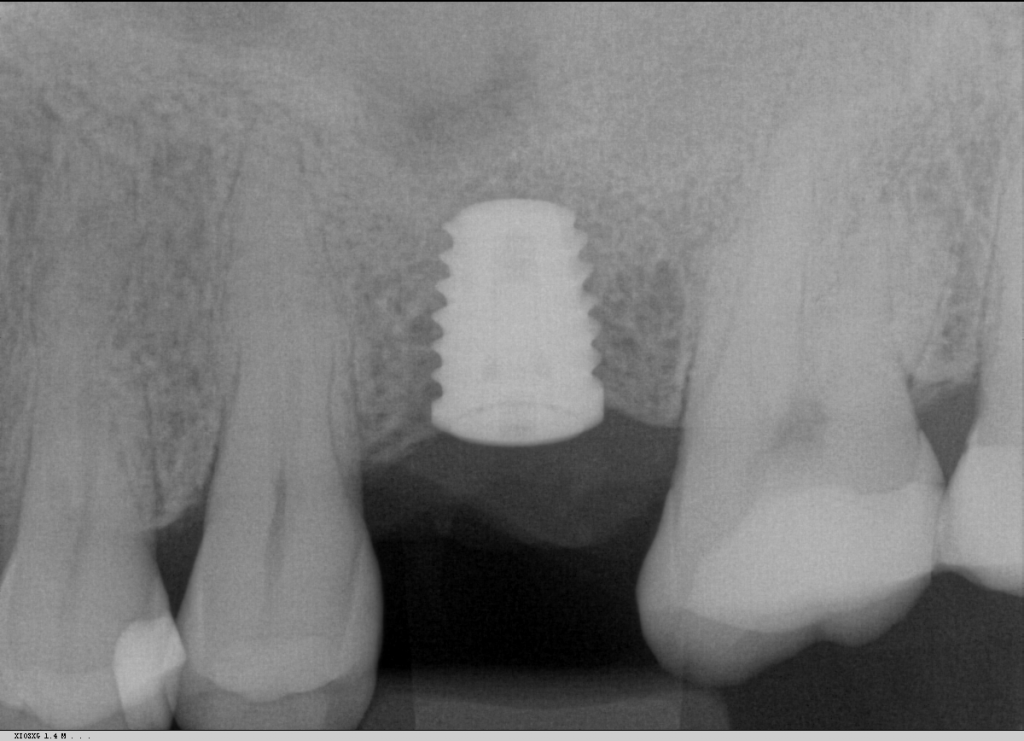
Dental implants are possible because of ‘osseointegration’ between implants and bone. This term was coined by the great Dr. Per-Ingvar Branemark. He figured out that there was an ability of titanium to fuse to bone. The density of the bone matters. In soft bone it is harder to get osseointegration. To circumvent the limitations of soft bone, Dr. Hawryluk will undersize his drilling protocol to get better stability.

If bone density is minimal, such as when a patient is on an osteoclastic inhibitor medication like Fosamax, this could affect the ability of the body to form bone around an implant. We always will take a detailed medical history before implant placement to make sure you are a suitable candidate for placement. This may also mean it may take longer for the implant to integrate with your bone. Fortunately, with the advanced Biohorizons Laser-Lok technology the healing times can be contained even in these situations.
If you live in the Mississauga area and would like to learn more about the new generation of implant solutions available please call our office and book an appointment.
Reference: Viva Learning 2018: Alveolar requirements for dental implants
- Sleep Dentistry: Enhancing Comfort and Care During Dental Procedures - July 11, 2024
- The Revolutionary Injection Molding Technique for Composite Veneers - June 27, 2024
- Why Are Third Molars Called “Wisdom Teeth”? - June 19, 2024



